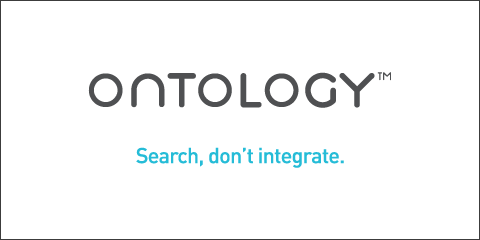Vendor Spotlight: Ontology - Shattering Expectations
By: Becky Bracken

Big ideas always seem so simple in hindsight. Ontology's "Project Rothko" is one of those kind of elegant solutions. The big idea: When it comes to data, search, don't integrate. Just like painter Mark Rothko's sweeping, ambitious works, to truly understand the data, one must take a large step backward and take in the entire scene.
When Ontology officially unveiled Project Rothko, otherwise known as version 4.0 of its semantic search platform, at Mobile World Congress in February, the announcement was made amid sessions devoted to buzz topics like Big Data, BYOD (‚Äúbring your own device‚ÄĚ), customer care, and real-time this and that. But what‚Äôs largely been left unsaid in these lofty discussions about ‚Äúthe 360-degree customer and business/network view‚ÄĚ is that before any of these can be carried out within the real-world constraints of an actual telco, a potentially painful data integration project must precede it.
‚ÄúThese projects have a deplorably high risk of failure and cost,‚ÄĚ says CEO Benedict Enweani, who founded Ontology in 2006 with CTO Leo Zancani. ‚ÄúCSPs [communications service providers] are struggling with every single deployment.‚ÄĚ
Roughly eight out of 10 migration projects fail. They‚Äôre also expensive: according to Yankee Group, the total cost of ownership over three years can balloon to eight times the original cost of professional services and licensing. The traditional path to data integration has involved building a complicated schema with no visibility into the data, something Enweani describes as a ‚Äúchicken and egg‚ÄĚ dilemma. Under the old model each system could take between 100 and 200 man-days to complete, far too slow to keep up with the rapid evolution of technologies and the tsunami of data a CSP typically amasses in that time span. Clearly, there had to be a smarter, cheaper answer.Project Rothko and its radical new approach to bringing together OSS/BSS data became a reality after Enweani and his team had an epiphany: what if, instead of integrating the data, a semantic, internet-type search function was developed? ‚ÄúThe internet is the world‚Äôs biggest misaligned data source,‚ÄĚ he says. ‚ÄúNo one integrated the internet; every single function is done by specialized search.‚ÄĚ
The application of semantic search by keyword eliminates the need to build rigid schemas or even standardize each data source. In fact, integration is no longer necessary, as semantic models are built by combining and aligning data from multiple systems. The result is that less effort is required to fully model complex concepts and data, while almost no effort is required to thinly model or link simple concepts and data.
Because Ontology uses modern graph-storage technology, ‚Äúthe resulting graph links business entities and relationships in business terms in a fraction of the time it would take to create a unified data schema,‚ÄĚ says Enweani. ‚ÄúThis model is now semantically aware, meaning that it knows about and can find ‚Äėthings‚Äô in the structured application data in addition to the ‚Äėstrings‚Äô in the unstructured documents, emails and spreadsheet data.‚ÄĚ





















